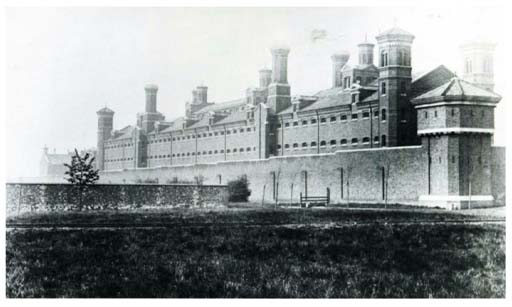Session 8: A new era for prison education?
Introduction
In the late 1880s, penal administrators across the British Isles had much to feel satisfied about. Nationalisation had enabled the overhaul of the local prison estate in all four nations. Significant improvements had been made to management procedures, prison buildings and sanitation. Many inefficient prisons had been closed or reconstructed (McConville, 1995b, p. 129). Perhaps most importantly, the prison population began to decline. Between 1879 and 1894, the daily average number of prisoners in local prisons in England and Wales fell by one third, from 20,833 to 13,850, while the number of convicts halved, from 10,880 to 4,770 (Bailey, 2019, p. 16).
The appearance of an increasingly efficient penal system accompanied by a decline in the prison population suggested that a deterrent and uniform penal regime was working: the late Victorians were winning the war against crime. However, these ‘achievements’ were accompanied by new demands for penal reform. In this final session, you will look at the various factors driving demands for reform, what reforms were being called for, and the impact of these new attitudes towards punishment and prisoners on the provision of education in prisons.
You will also spend some time reflecting on what you have learned about the history of prison education, and whether that knowledge might be used to engage with current debates and to inform practice in the present.

By the end of this session, you should be able to:
- outline the reasons for penal reform at the end of the 1800s
- assess the extent to which the desire for penal reform resulted in meaningful change, especially for prison education
- understand what is meant by ‘historical perspective’ and reflect on whether knowledge about the history of prison education can usefully inform debate and practice in the present.
